


Expert Overview
- There are specific steps any contractor should follow when building and installing a sunroom.
- Champion handles each of these steps, meaning we handle the entire process, from start to finish.
- Before you work with a contractor or sunroom professional, make sure you are clear on their process and what parts they handle.
You know you want to add a sunroom to your home, but how do you actually go about it? What kind of professionals are involved? What are the steps in the process? How long does it take?
The process of adding a custom-built sunroom to your home doesn’t have to be confusing or convoluted. There are seven basic steps homeowners need to understand. And while you can involve various professionals to help you navigate the different steps, at Champion, we manage the entire process, from start to finish.
Make sure you ask any contractor or sunroom professional you consult with which of these steps they manage, and how they do it.
The process of adding a new room to your home takes time. Expect that to be the case going in. The time from initially meeting your contractor to the point you are in your sunroom with your feet up is typically anywhere from three to twelve months. That is a wide range, we know. But timing will depend on many factors, including the time of year when you get started, the type of sunroom you choose and specific options you select, the contractor(s) you work with (including their ability to coordinate with each other if you’re using multiple vendors), your county’s permit processing time, whether you need HOA approval, and more. And while you will surely want to keep things moving forward, rushing the process will not bring positive results. In order to fully enjoy your new sunroom, make sure the job is done right.
Here are the basic steps:
1. Consultation

The first step is meeting with a contractor or sunroom installation professional to understand what’s involved in building a sunroom. The consultation is your chance to ask questions, and it’s the sunroom professional’s chance to learn about your needs and how you plan to use the room. Champion always offers free consultations.
2. Measurement
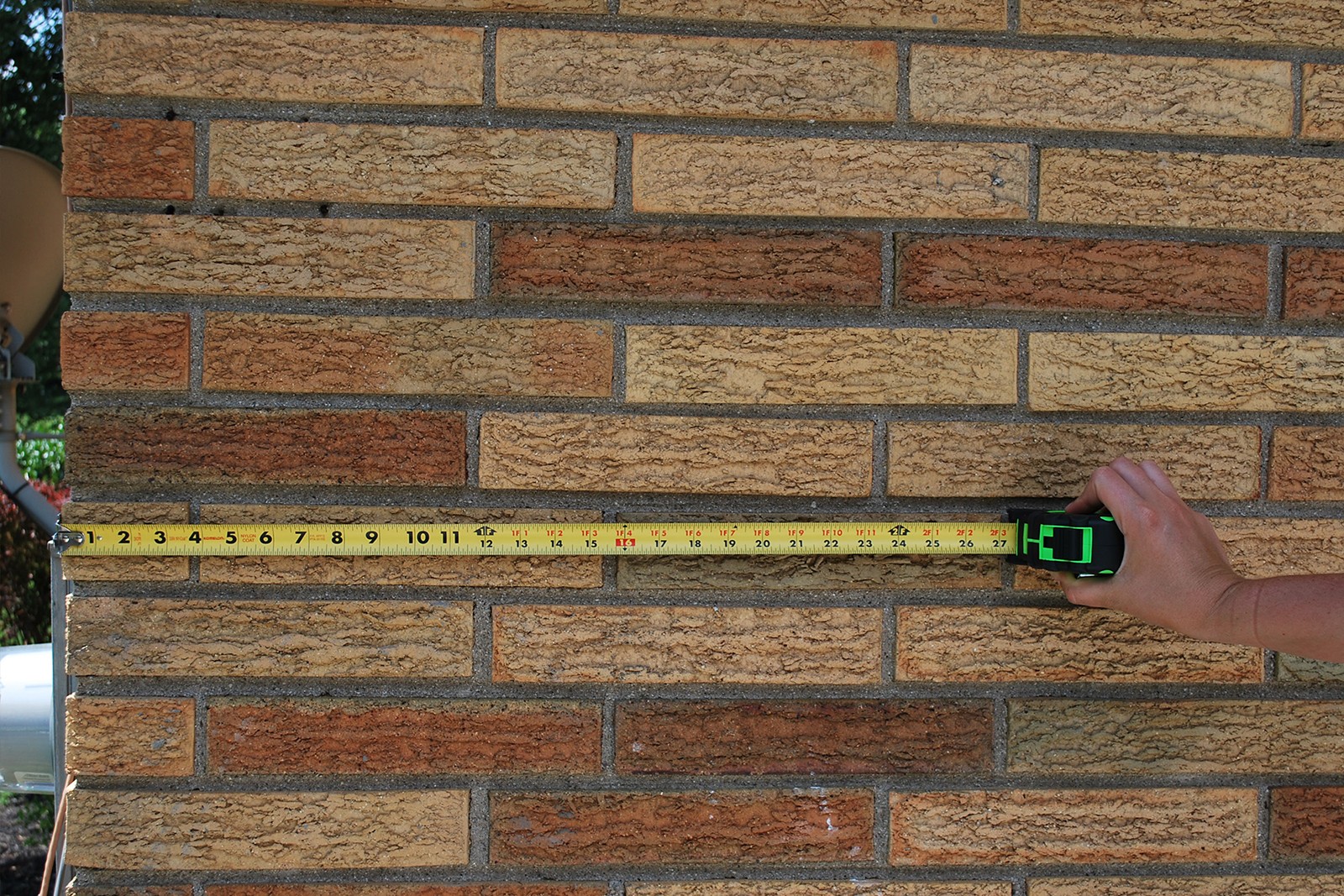
Before any work can start, you need to have detailed measurements taken. This way, your sunroom can have a precise fit. Your contractor or installer should take these measurements.
3. Permits

You’ll need a building permit from your city to begin construction. A good contractor or installer will take care of this for the homeowner (Champion always does). Additionally, if you have a Homeowners Association (HOA) where you live you will likely need to seek approval there as well. The length of time it takes to get approval can vary by county, time of year, etc. So, try your best to plan ahead and wait patiently if needed.
4. Design & Manufacturing
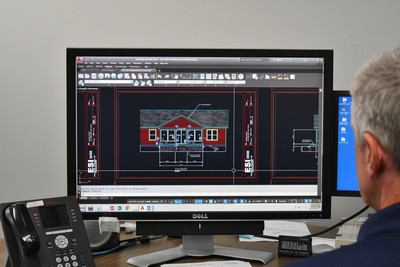

This is the part of the process when your sunroom is actually made! With Champion, our engineers and manufacturers work together to construct all parts of the structure—from frame, to windows, to roofing. If you are working with a contractor, ask how and where the sunroom is actually built.
5. Site Prep
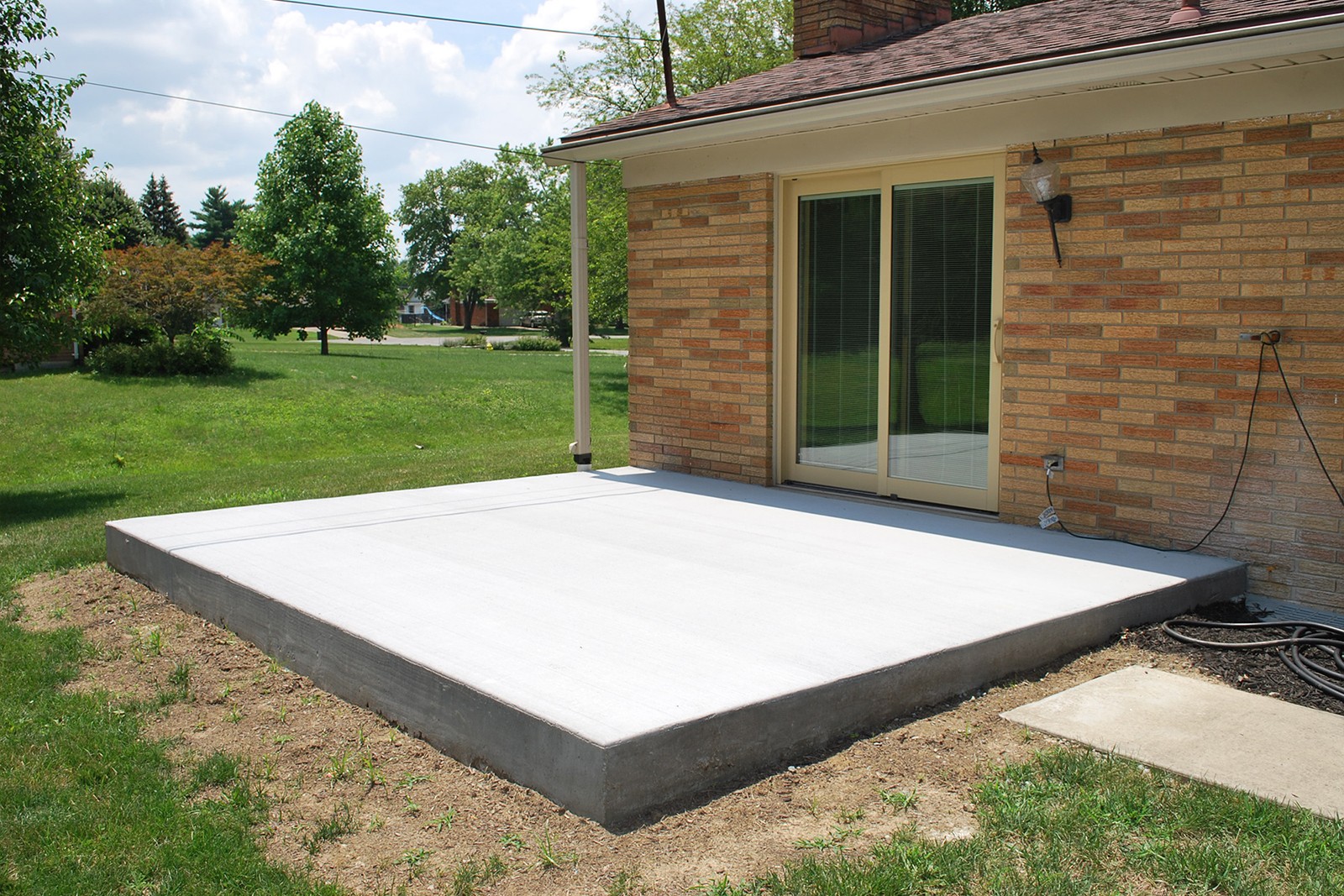
The area where your sunroom is being installed will likely need some prep work, whether that means pouring concrete, tearing down an old deck and/or building a new deck. Once complete, the site is inspected and ready for installation.
6. Installation
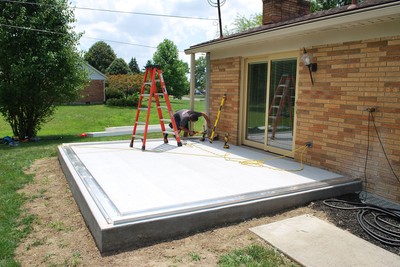
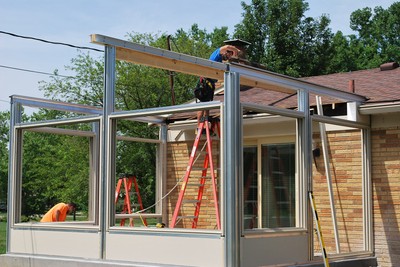
On installation day, you’ll need to make sure you’ve removed all of your items from the work area, so that the crew has clear access. You’ll also need to secure your pets. At the end of each work day, the crew should always clean up the site, collect all debris, and make sure you can relax in your home before they leave for the day. Note that installation is a multi-day process.
7. Insure & Service

Once the sunroom is installed, it should come with a warranty (make sure to ask in the consultation) and an agreement about any service needed. For example, you should make sure that broken glass (accidents happen!) and seal failure are covered. (With Champion, these things are always covered.)
Here’s another area where using a single contractor has its benefits. A bonded and insured contractor who manages the entire process from start to finish insures every step of the process themselves. When working with multiple contractors for various steps of the construction process, this is not the case. Homeowners often find it difficult to determine who to call when an issue arises, and contractors may make it worse by pointing fingers at each other.

